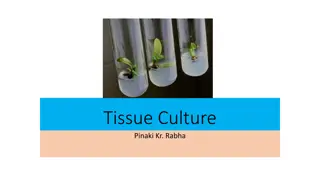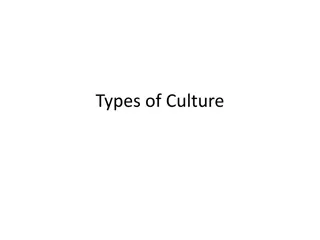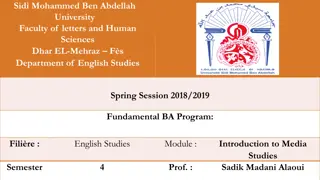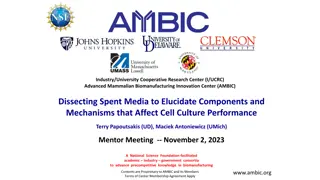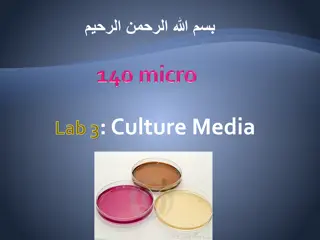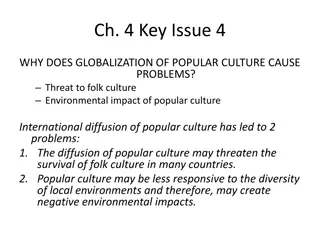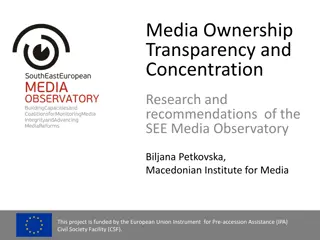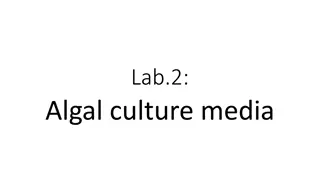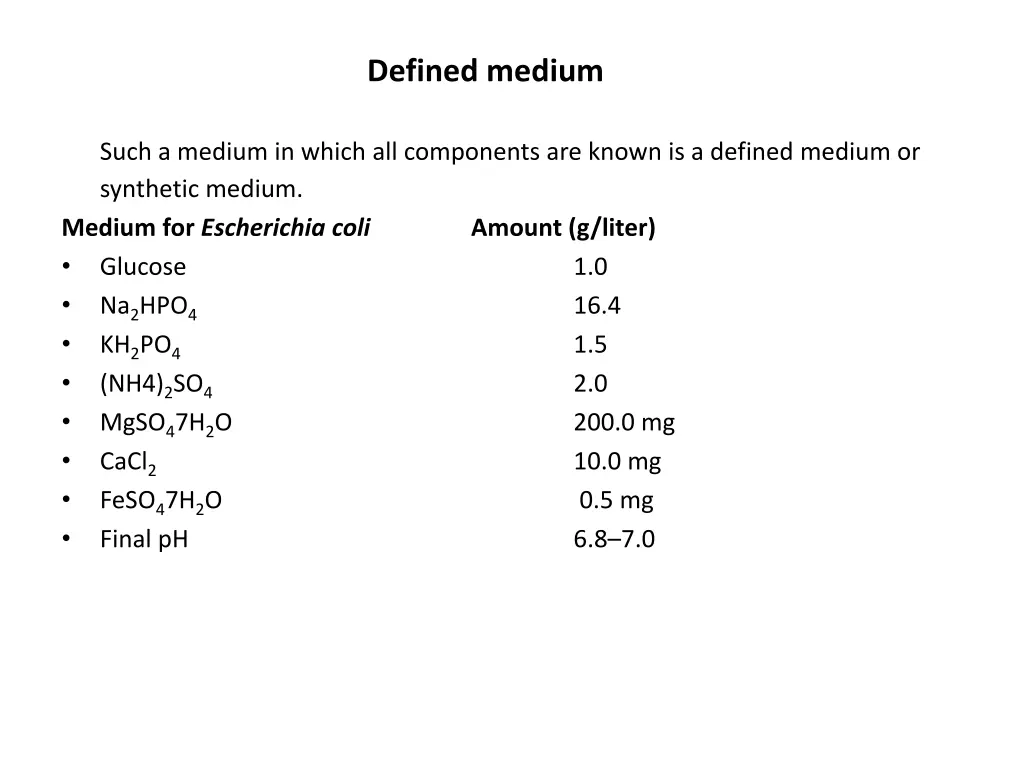
Microbiology Growth Media and Applications
Explore the world of microbiology growth media, including defined, complex, selective, and differential media. Learn about their compositions, uses, and importance in microbial culture techniques.
Download Presentation

Please find below an Image/Link to download the presentation.
The content on the website is provided AS IS for your information and personal use only. It may not be sold, licensed, or shared on other websites without obtaining consent from the author. If you encounter any issues during the download, it is possible that the publisher has removed the file from their server.
You are allowed to download the files provided on this website for personal or commercial use, subject to the condition that they are used lawfully. All files are the property of their respective owners.
The content on the website is provided AS IS for your information and personal use only. It may not be sold, licensed, or shared on other websites without obtaining consent from the author.
E N D
Presentation Transcript
Defined medium Such a medium in which all components are known is a defined medium or synthetic medium. Medium for Escherichia coli Amount (g/liter) Glucose Na2HPO4 KH2PO4 (NH4)2SO4 MgSO47H2O CaCl2 FeSO47H2O Final pH 1.0 16.4 1.5 2.0 200.0 mg 10.0 mg 0.5 mg 6.8 7.0
Complex media Media that contain some ingredients of unknown chemical composition are complex media. Nutrient Broth Amount (g/liter) Peptone (gelatin hydrolysate) Beef extract 5 3
Agar Agar is a sulfated polymer composed mainly of D-galactose, 3,6-anhydro-L- galactose,and D-glucuronic acid It usually is extracted from red algae. Agar is well suited as a solidifying agent because after it has been melted in boiling water, it can be cooled to about 40 to 42 C before hardening and will not melt again until the temperature rises to about 80 to 90 C.
Selective media favor the growth of particular microorganisms. Bile salts or dyes like basic fuchsin and crystal violet favor the growth of gram-negative bacteria by inhibiting the growth of gram-positive bacteria without affecting gram-negative organisms. Endo agar, eosin methylene blue agar, and MacConkey agar three media widely used for the detection of E. coli and related bacteria in water supplies and elsewhere, contain dyes that suppress gram-positive bacterial growth
Differential media are media that distinguish between different groups of bacteria and even permit tentative identification of microorganisms based on their biological characteristics. Blood agar is both a differential medium and an enriched one. It distinguishes between hemolytic and nonhemolytic bacteria. Hemolytic bacteria (e.g., many streptococci and staphylococci isolated from throats) produce clear zones around their colonies becauseof red blood cell destruction. MacConkey agar is both differential and selective. Since it contains lactose and neutral red dye, lactose-fermenting colonies appear pink to red in color and are easily distinguished from colonies of non-fermenters.





